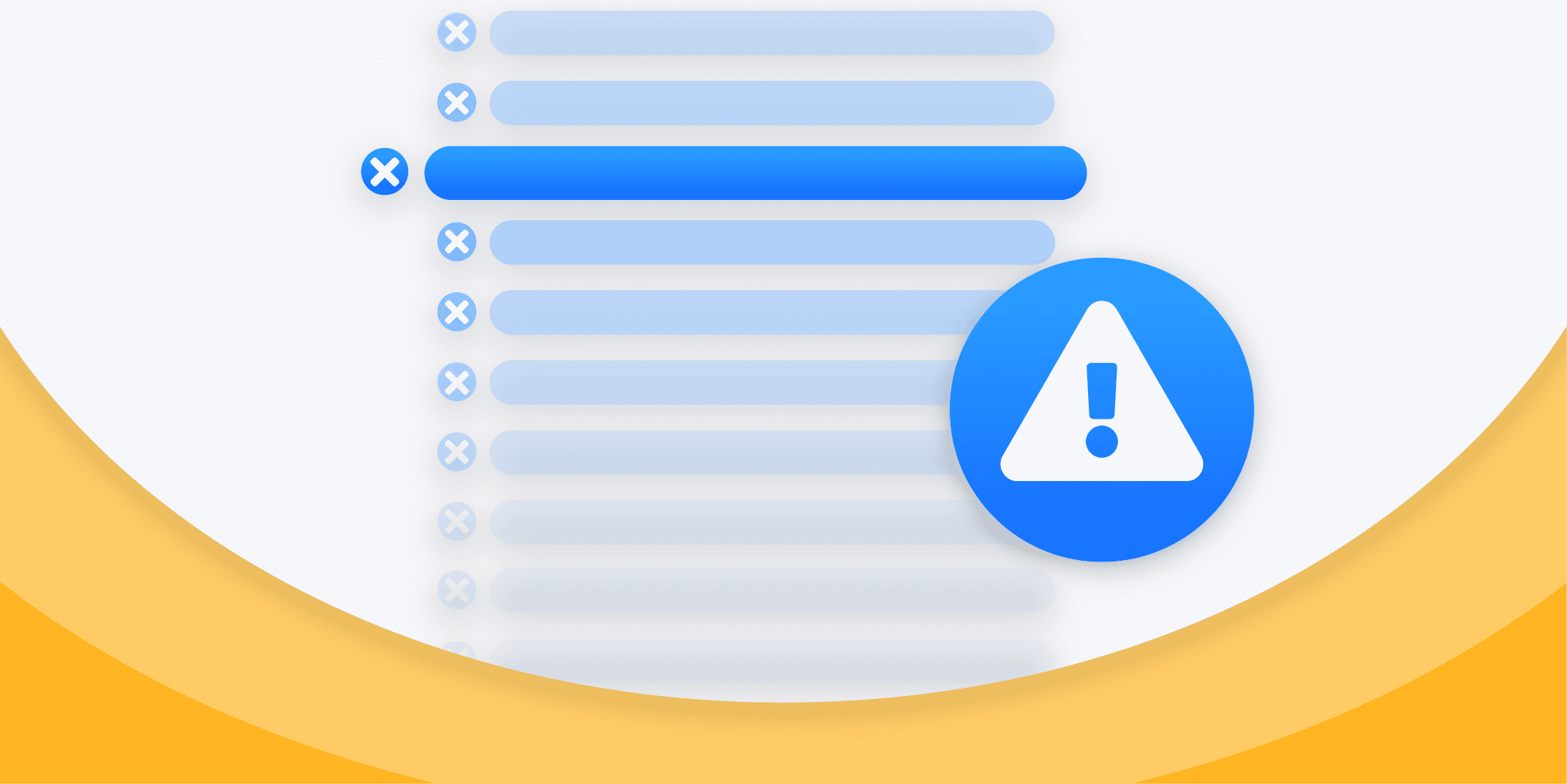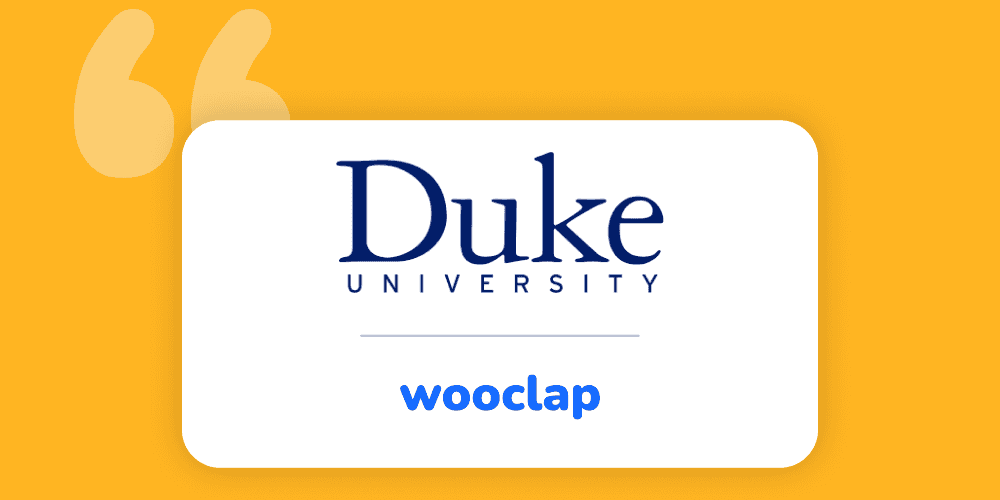Ten myths on education
07.01.2020 • 15 minutes

This article provides the first half of ten pseudoscientific statements from the domain of cognitive sciences applied to learning and education. We will focus on the lesser known and more nuanced urban myths, which are sometimes also the most challenging for teachers and experts in educational technology.
Next month’s article will continue and conclude this review.
Refuting myths is hard, and naive attempts are likely to backfire. The “Debunking Handbook” (freely available here) gives an effective overview of why this is the case. We therefore highlight the scientific statements rather than the myths themselves, in an effort to improve the reader’s retention.
Also, different audiences may need different amounts of information: due to space restrictions, we offer the simplest level of explanation, and provide the reader with some references if he or she wants to find out more on that particular subject.
The book written by Pedro De Bruyckere, Paul A. Kirschner and Casper Hulshof, “Urban Myths about Learning and Education” (2015) and its direct sequel “More Urban Myths About Learning and Education” (2019), are excellent readings on the subject. The summary presented here is greatly indebted to these authors.
1. People don’t show specific learning styles and don’t fit predefined personality types.
To state that people have a preferred learning strategy is a trivial observation, not groundbreaking. However:
- What you prefer is not necessarily what is good for you. No instructional benefit of a particular learning technique was ever observed for people declaring that it was their primary choice1. Preferred instructional methods can even be unproductive2.
- Most so-called learning styles correspond to one or more theories of personality types. Despite the huge (and lucrative) success of this idea in the private sector, the claim that people cluster in distinct groups has inadequate support3.
This does not mean that some people won’t be slightly better at remembering written words, for example. But certainly nobody has a problem learning written words, pathologies aside.
Does that mean that all students are equal and should be treated in the same way? Again, no: what research states is simply that learning styles is not a theory of instruction and should be ignored for that purpose.
2. New content can’t be effectively learned through Problem-Based Learning
In problem-based learning, students are asked to work in small groups of about ten people.
In short, their aim is to solve a problem or complete a task under the guidance of a tutor. Peer discussion and self-study spread over time are at the core of this learning method showcased by some universities.
There are problems with this approach. The human working (or short-term) memory is limited in duration and capacity:
- Information stored in working memory does not last for more than 30 seconds4, if not rehearsed, and the maximum number of elements one can memorise at once is notably seven plus or minus two5.
- These physiological limitations are particularly stringent whenever students face never-seen-before material, which hasn’t reached the long-term memory yet.
For new content, direct problem solving is an extremely resource-intensive process which does not even help in generalising methods to reach similar goals. On the contrary, if problem-solving is applied to pre-existing knowledge, existing schemas are exploited by the working memory, and count as one element.
Therefore, learning to solve problems and problem solving are different and unrelated skills.
Looking for alternatives? Goal-free problems, worked-out examples and completion problems are much more compatible with working memory’s needs, and carry overwhelming evidence that they are effective in building the ability to solve new problems in a domain6.
3. Our memory does not store a perfect record of our experience
Remembering what the teacher said or what was learnt in the past is an essential ingredient of education. Memory is quite a complex mechanism.
According to most theories of cognition7, memory is divided into:
- Sensory memory: when external stimuli reach one of our senses. Information is already heavily filtered at this stage because we deliberately or unconsciously ignore incoming stimuli.
- Short-term or working memory: is very limited in time and size (30 seconds for about seven elements). It helps organise and compare information.
- Long-term memory helps give meaning to knowledge. It probably has an unlimited storage capacity and is a permanent record of what one truly learns.
Whether adults claiming to have “photographic memory” have ever been rigorously tested8 is a very controversial subject9. In general, human memory is full of flaws:
- Our minds are not empty jars waiting to be filled by knowledge provided by experts. - Memory reconstructs information according to what fits our schemas.
- Perception is distorted by our biases. Our knowledge determines our experience, not the other way around.
Memory is personal, and changes over time. We are what we forget.
4. Schools do not kill creativity
The relationship between intelligence (as measured by IQ) and creativity is not an easy one to investigate. Some researchers claim that genius and creativity are synonyms, that everybody is born a creative genius and that school ruins this potential10.
Recent research however shows that children are not necessarily born creative: on the contrary, there is an interesting correlation between pretend play at a certain age, and later measured creativity11.
Whenever a “drop” in creativity occurs, around 9 or 10 years of age for example, it is not because of the highly structured school system, but rather because of normal development paths, as children enter a “literal” or “conventional” stage in thinking and moral reasoning12.
School could certainly do more to foster creative thinking, but the available research does not show that getting rid of the educational system would improve everyone’s creativity.
Creativity still requires a high degree of domain knowledge, and schools are still essential in providing these skills.
5. New technology is not causing a revolution in education
The last thirty years have witnessed an incredible amount of new technological possibilities. Did the popularisation of personal computers and Internet access have a similar effect in education as it had on society?
It doesn’t seem to be the case: sixty years of comparative studies confirm that it is pedagogy, and not the medium, that impact the way learners learn13. More precisely, what counts is the quality of the instruction and how well it is vehicled by a given medium14.
For example, when presenting content through slides and commentary, introducing the key concept of a slide in its heading will lead to better learning than not doing so, but this effect is true for different media. Mobile learning, in turn, has a positive effect on the motivation to continue learning15.
When a positive gain is shown by studies, it usually results from the good use of technology with good teaching. Indeed, blended learning, that is, e-learning coupled with contact education, gives better results than traditional classes16.
If technology is used as a tool for self-discovery, it once again benefits students with high levels of prior knowledge.
In summary, computers and digital support can certainly be used in the most creative ways, but they should be used to supplement and reinforce what the teacher does, not as a replacement.
6. There is no evidence that today’s “digital natives” need a different education to previous generations.
None of the claims concerning the specificity of “digital natives” (defined as young people that have been immersed in technology all their lives) are supported by evidence. As such:
- they aren’t innately experts in new technologies;
- they aren’t better at multitasking or more collaborative than their elders;
- they don’t particularly prefer gaming, interaction and simulation;
- they don’t especially need immediate and constant gratification.
The concept of “digital natives” is ultimately a non-existent category and should never be used.1 The existence of a new generation of students cannot be used as the main factor driving the introduction of digital tools in education. Technologies used for communication, socialisation, entertainment, or personal empowerment (all covered by basic computer skills), do not automatically cover the needs of effective education.2
Of course, the Internet and digital tools certainly have their place in the classroom. They also can’t be ignored: the world of education needs to keep links with the real world. However, new technologies should be used for valid content and didactic reasons.
7. Students are not brain dead during lessons and lectures.
One of the urban legends spread even by award-winning professors is that students’ brain activity during traditional lectures is the same as when watching TV: plain dead. It turns out, the study that is cited3 did not measure brain activity, but rather electrodermal activity. Even worse, this measurement was performed on a single student, invalidating any meaningful conclusion on a general population.4
That being said, lectures play a key role in education, and are sometimes very effective. Most of the time however, they cause the audience’s attention to drift. Low-performing students (that is, the ones needing the benefits of education the most) are unfortunately among the victims of this effect. Keeping students interested and engaged is maybe the greatest challenge for teachers.
Quizzes are known to increase the effectiveness of lectures, as they involve well-known mechanisms such as the testing effect and the retrieval practice. Quizzes also close the performance gap by 50% between students from lower and higher socio-economic backgrounds.5
8. To record lectures and share them online is not always a good idea.
In a flipped classroom students discover new topics at home, by reading their textbook or watching a video; class time is then devoted to discussion and problem solving. Unfortunately there is very little evidence that flipping in education is beneficial. More studies are needed before conclusions can be drawn. Several risks are associated with this method6:
- students that need to combine their studies with a job have a harder time following online lessons;
- the availability of online lessons removes some motivation in following the “actual” lectures;
- distraction due to social media and the internet more generally is an issue;
- less frequent contact with the teachers reduces the pressure to learn;
- given that a greater level of self-awareness is needed from students, who must decide themselves what to consult online and when, there is an increased likelihood that less proficient students will fail.
Research shows, however, that combining online and offline options leads to better performance, but this might simply be a result of high-performing students cross-checking what they learned in the live setting with the online content.7
Physical interaction still seems to be vital in the educational setting. In sum, we cannot yet draw a universal conclusion that it is always more beneficial if teachers record their lessons. Many factors should be taken into account (the subject, the audience, the quality of the online lessons, etc.), and not all have been properly investigated.8
9. More lecture time does not automatically lead to more learning.
Sometimes simplistic ideas are applied to education and become official recommendations. Policy makers may base their decisions on indicators that fail to identify causality. In this case, correlations between learning and hours spent at school certainly exist, but no other connection is known. When Mexico9 and Germany10 increased the number of lesson hours, the outcome was underwhelming:
- The learning gain was negligible.
- The divide from students with different socio-economic backgrounds deepened.
Why did that happen? In short, besides the obvious consideration that what happens during the additional hours is part of the equation, increasing the class time does not benefit everyone equally. “Richer” students benefit from their additional background, stimuli and help at home. The only way to compensate for this gap seems to allocate additional resources to the students that specifically need it.11
Additionally, we stress once again that time away from school and studying is beneficial to the learning process. In fact,
- regular breaks at school,
- expansive spaced practice and repetition,
- physical activity during one’s free time,
- getting enough sleep,
all lead to better learning.
10. Teachers do make a difference, but they’re not the only factor.
The factors that do or do not contribute to learning are especially hard to investigate, the main reason being that all factors (the teacher’s expertise, the individual student’s aptitudes, home environment, peers, schools and principals) affect each other in so many different ways. But claiming that the teacher has the largest impact on the students (30% being even an overestimation) is certainly a myth.12
There are in fact too many things out of a teacher’s control:
- the fact that the states’ educational policies (or lack of) usually entrust a class of poorer students to inexperienced teachers (although they sometimes make wonders13),
- the genetic make-up of students,
- their home situations.
However this is no excuse for the teachers to lose hope or not to keep doing their best. Their impact is certainly positive. Expert teachers do make a difference when they are able to:
- Set appropriate goals for the students to motivate them,
- Have in-depth knowledge of their domain, and how people learn, providing a well-organised course and linking the content to other disciplines, or students’ prior knowledge.
- Monitor more demanding students and give appropriate feedback.
Learn more
- Clark, R. E. (1982). Antagonism Between Achievement and Enjoyment in ATI Studies. Educational Psychologist, 17(2), 92–101.
- Clark, R. E., & et al. (1987). When Teaching Kills Learning: Types of Mathemathantic Effects. (March), 0–24.
- Kirschner, P. A., & van Merriënboer, J. J. G. (2013). Do Learners Really Know Best? Urban Legends in Education. Educational Psychologist, 48(3), 169–183.
- Baddeley, A. (1992). Working memory. Science, 255(5044), 556–559.
- Miller, G. A. (1956). The magical number seven, plus or minus two: some limits on our capacity for processing information. Psychological Review, 63(2), 81–97.
- Sweller, J., Van Merrienboer, J. J. G., & Paas, F. G. W. C. (1998). Cognitive Architecture and Instructional Design. Educational Psychology Review, 10(3), 251–296.
- Atkinson, R. C., & Shiffrin, R. M. (1968). Human Memory: A Proposed System and its Control Processes.
- Joshua Foer, Slate, Kaavya Syndrome, The accused Harvard plagiarist doesn’t have a photographic memory. No one does.
- Clinton Nguyen, Vice, Are Photographic Memories a Hollywood Myth?
- Sir Ken Robinson, Ted Changing education paradigms
Writer

Florian Zenoni
Florian is a Data Scientist and editor at Wooclap.
Subject
A monthly summary of our product updates and our latest published content, directly in your inbox.


